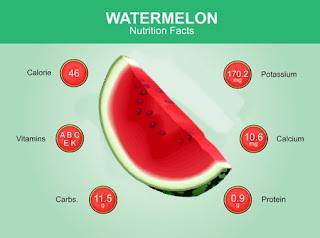Health experts have warned against eating pre-washed spinach.
They say commercial washing techniques fails to remove 90% of the bacteria.
Small
peaks and valleys in baby spinach leaves could be a key reason why
there have been numerous bacterial outbreaks involving leafy green
vegetables, they say.
But
these methods, which can include water and bleach rinses or
irradiation, are not completely effective, says Nichola Kinsinger of the
University of California.
She
says scientists have estimated that 99 percent of food-borne illnesses
from leafy greens can be traced back to disinfection issues.
'In
a sense the leaf is protecting the bacteria and allowing it to spread,'
said Nichola Kinsinger, a post-doctoral researcher working with Sharon
Walker, a professor of chemical and environmental engineering.
'It
was surprising to discover how the leaf surface formed
micro-environments that reduce the bleach concentration and in this case
the very disinfection processes intended to clean, remove, and prevent
contamination was found to be the potential pathway to amplifying
foodborne outbreaks.'
As
a result, as the leaves move through the processing facility after
being rinsed the bacteria may continue to live, grow, spread, and
contaminate other leaves and surfaces within the facility.
The
researchers in the Bourns College of Engineering found that because of
the varied topography of the spinach leaf nearly 15 percent of the leaf
surface may reach concentrations as low as 1000 times that of the bleach
disinfectant being used to rinse it.
'Despite
current disinfection rinsing, bacteria are surviving on the leaf and
causing cross contamination, resulting in the numerous outbreaks we hear
about in the media,' Kinsinger said.
'Pathogens can come from irrigation waters or from water used during processing, and they can adhere to spinach leaves.
'If
these bacteria are not all killed in the disinfection process, they can
continue to live, grow, spread and contaminate other surfaces within
the facility and other leaves.'
Using
a parallel-plate flow chamber system that Walker developed, the
researchers tested the real-time attachment and detachment of bacteria
to the outer layer of spinach leaves.
At
low bleach concentrations, the bacteria fell off the leaves, but
remained alive. At the higher concentrations used commercially, however,
all of the bacteria were killed.
'This result was perplexing,' Walker says.
'Our experiments were telling us that
commercial bleach rinses should be much more effective than they are.
But then we studied the leaf itself in more detail.'
Currently,
the industry standard is to add 50 to 200 parts per million of bleach to
the water used to rinse leafy green vegetables.
But that is just a recommendation, not a requirement or regulation, Kinsinger said.
For
the research, Kinsinger and Walker designed a parallel plate flow
chamber system to evaluate in real time the attachment and detachment of
pathogens to the spinach in realistic water chemistries and flow
conditions.
Their
work focused exclusively on baby spinach, however the issue of reduced
bleach concentration across the leaf surface and other surfaces within
the processing facility translates beyond the specific scenarios tested
and demonstrates the limitation of bleach disinfection causing
significant concern over public health.
Future research will focus on a broader range of foods, surfaces in processing facilities and pathogen types, Kinsinger said.
Despite
their findings, Kinsinger notes that the United States has one of
safest food supply system. Still, she says, 'I recommend rinsing those
leaves.'
Source: http://ucrtoday.ucr.edu/30972
























